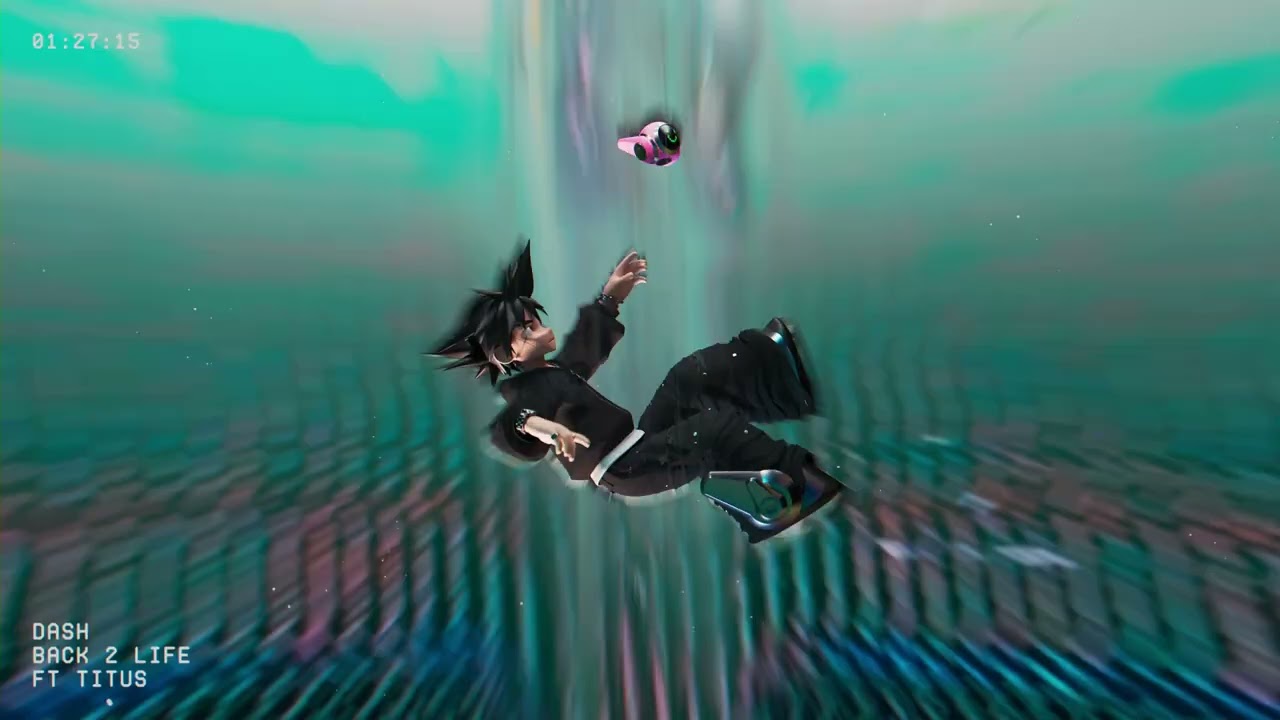Debates about who should win in the upcoming Godzilla vs. Kong have been popping up all over the internet. However, the monsters' first clash, to this day, has a heavily debated ending. As the upcoming film stomps towards its monstrous release, let's look back at Godzilla and King Kong's strange and storied past -- diving into some potentially overlooked details.
The first King Kong movie was a massive success, and it instantly made the giant ape a household name. Its 1933 follow-up, Son Of Kong, had also done great business -- but a fully-fledged sequel never came to fruition, and the franchise went quiet for several years. In the early 1960s, one of the stop-motion animators who had worked on the original King Kong, Willis O'Brien, wrote a story treatment and made some concept art for a film he called King Kong Meets Frankenstein.
O'Brien took his treatment to RKO Pictures, eventually introduced to producer John Beck. As RKO was no longer in the production business, Beck proceeded to shop the idea around various studios in the hope of finding someone to make it. However, many studios were not keen on the idea, mostly because O'Brien's script would need a lot of expensive stop-motion animation. Ultimately, Beck took the script abroad to see if an international studio would be interested. Toho Co. -- creators of the Godzilla franchise -- jumped on the concept.
Toho wanted to make a King Kong movie for a long time and wanted a big banner film to celebrate its 30th year in production, so Kong seemed perfect. They had also been looking to make a new Godzilla film, as the beast hadn't been seen on the big screen since 1955's Godzilla Raids Again. So, once Toho had the script, it paid RKO to use Kong and had Shinichi Sekizawa rewrite the script, replacing Frankenstein with Godzilla. Sadly, O'Brien didn't know of the film until after it had come out in Japan.
Kong's original creator Merian C. Cooper hated the idea because Toho used people in suits rather than stop-motion animation. In 1963, he filed a lawsuit against Beck, Toho and Universal, hoping to stop the film from being released, arguing that he'd only given RKO permission to make two King Kong movies. However, Cooper couldn't prove ownership to license the character, and the film was released in the U.S.
Ishirō Honda, the director of the original Godzilla, was brought on to direct. He wanted the movie to be a satire of the entertainment industry as over-the-top publicity stunts dominated Japanese television. So King Kong Vs. Godzilla focused on a pharmaceutical company using Kong as a publicity stunt.
However, a significant influence on the film was the special effects director, Eiji Tsuburaya. Tsuburaya wanted to move the Godzilla franchise in a lighter direction so it would appeal to children. Thus, he introduced comedy elements into the film, including making the kaiju act more human. While not universally accepted by the crew, it did become the franchise's general direction as the era continued. Tsuburaya also gave the suit actors a lot of room to design their stunts and sequences. Using this freedom, the actors came up with scenes inspired by then-popular pro-wrestling characters.
Beyond all of the pre-production history, it's the ending of the film that sticks in people's minds. During the monsters' final showdown, it looks pretty even until both monsters topple into Sagami Bay. After a short underwater fight, Kong emerges from the water and begins to walk home. An enduring myth spawned that two endings were shot, one with Kong exiting the sea in the US and another with Godzilla rising in Japan. However, this is untrue.
The rumor spawned from an article in a 1963 issue of Spaceman magazine. In this article, the writer says they were told that there were two endings, but they don't mention a source. The article was later reprinted in Famous Monsters Of Filmland magazine, causing the rumor to be cemented in the public consciousness. So, the question remained: who won the fight?
At the time, Toho said that Kong won, with its 1963 international sales brochure Toho Films Vol. 8 summarizing the film's ending with, "a spectacular duel is arranged on the summit of Mt. Fuji and King Kong is victorious." Considering that Toho viewed King Kong as a bigger draw during production and, at this stage of the franchise, Godzilla was still a villain, the ending made sense. The original Godzilla, where the beast was a metaphor for American nuclear destruction, wasn't even ten years old at this point. While still a monster, Kong was portrayed sympathetically in his first movie -- making him the natural choice as the winner.
In recent years, Toho has been pushing the idea that the ending was ambiguous, partially due to producer Tomoyuki Tanaka saying the fight was a draw in his book Definitive Edition Godzilla Introduction. However, many screenplays for later Toho projects presumed Godzilla lost, including a proposed sequel entitled Continuation: King Kong vs. Godzilla that started with Godzilla's corpse being fished up from the seafloor. Early versions of the next film, Mothra vs. Godzilla, featured Godzilla washing up on the shore, seemingly unconscious. Finally, one of the scripts for the unmade Batman Meets Godzilla movie would feature Batman watching Kong fight Godzilla to learn how to beat the creature, suggesting that Toho were fully committed to Godzilla losing against Kong.
King Kong Vs. Godzilla is a film that holds a special place in kaiju lore. While it is quite silly today, the film represents a unique moment in film history. Let's hope that Godzilla Vs. Kong is as memorable (and sparks as many fan debates) as the monsters' first clash.
About The Author

